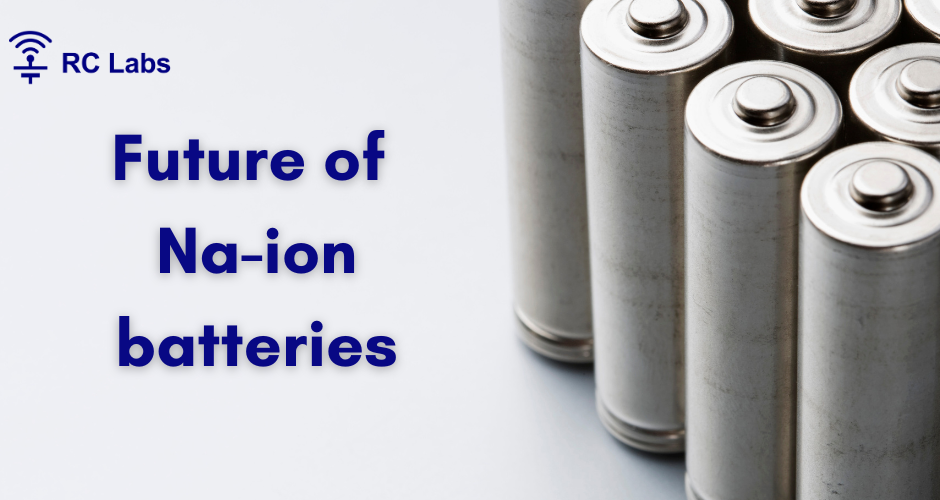Future of Sodium ion batteries (SIBs)
Due to their lower price and greater availability of sodium in the earth’s crust, sodium ion batteries (SIBs) are an alternative for lithium-ion batteries. SIBs work in a similar way to lithium-ion batteries, with ions moving between the positive and negative electrodes to generate electricity.
One of the main advantages of SIBs is their potential for large-scale energy storage, which is critical for the transition to renewable energy sources. They could also be used in electric vehicles, where their lower cost could make electric transportation more accessible to a wider range of people.
However, there are still some challenges that need to be overcome before SIBs can be widely adopted. One of the biggest challenges is the development of suitable cathode materials that can reversibly intercalate sodium ions. Another challenge is the low energy density of SIBs compared to lithium-ion batteries, which limits their use in portable electronics and electric vehicles.
Despite these challenges, there has been significant progress in the development of SIB technology in recent years. Researchers are exploring a wide range of materials for use in SIBs, including layered oxides, polyanionic compounds, and organic compounds. There has also been research into developing new electrolytes that can improve the performance of SIBs.
In conclusion, SIBs have the potential to be a game-changer in the field of energy storage and electric transportation. While there are still challenges that need to be overcome, the progress that has been made so far is promising. With continued research and development, SIBs could become a key player in the transition to a more sustainable energy future. At RC Labs we are determined to contribute to the changing battery landscape with our chemistry agnostic BMS. This allows for quick transition and technological advancement.

